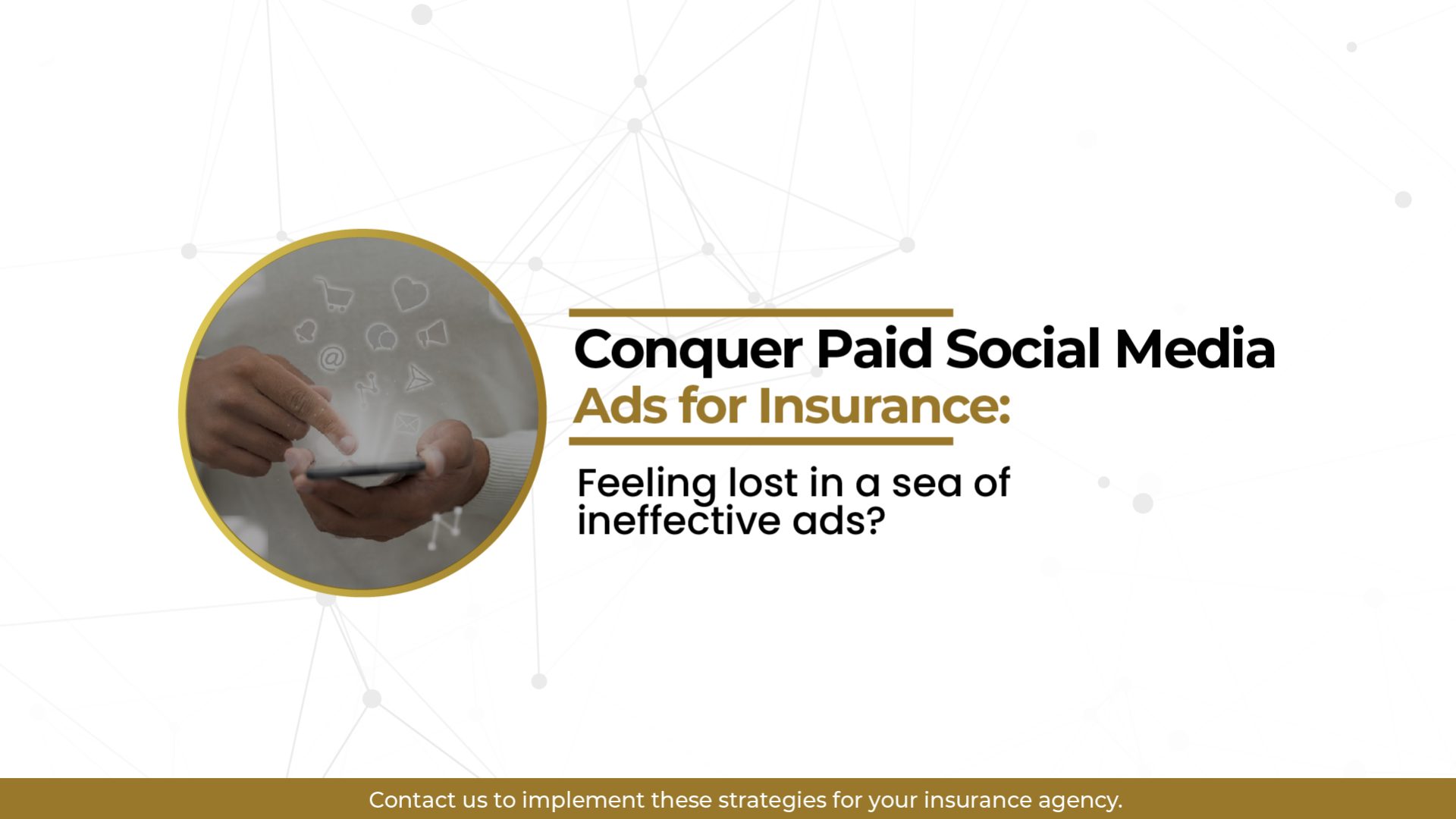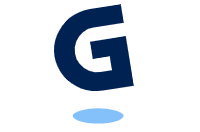In the rapidly changing world of digital marketing, insurance agents face a daunting challenge—standing out in a crowded online space. Social media platforms offer an incredible reach, but throwing money at ads without a clear strategy can feel like tossing darts in the dark. Enter A/B testing: your secret weapon for optimizing paid social media campaigns and achieving a high return on ad spend (ROAS).
This guide will walk you through the essentials of A/B testing, explain why it matters, and provide actionable tips to create successful social media campaigns that resonate with your target audience. Let’s dive into the “what,” “why,” and “how” of A/B testing and explore ad variations that can maximize your results.
What is A/B Testing and Why Should Insurance Agents Care?
A/B testing is a controlled experiment where you compare two versions of an ad (Version A and Version B) to see which one performs better. By testing different elements—such as headlines, images, or calls to action (CTAs)—you can eliminate guesswork and optimize your ads based on real data.
For insurance agents, A/B testing is crucial because it allows you to:
- Maximize ROI: By identifying the best-performing ad variation, you allocate your budget more effectively, increasing your return on ad spend.
- Gain Audience Insight: A/B testing reveals what resonates with your target audience. Do they prefer emotional messaging or direct offers? With testing, you’ll know.
- Stay Ahead of Algorithm Changes: Social media platforms like Facebook and Instagram are constantly evolving. A/B testing helps you adapt by identifying what works best in the current advertising landscape.
- Continuously Improve Your Campaigns: A/B testing isn’t a one-time activity—it’s an ongoing process that allows you to refine your campaigns over time for better results.
A/B Testing Powerhouse: Key Elements to Test
One of the advantages of A/B testing is its flexibility. You can test almost any element of your ad to see what resonates most with your audience. Here are some critical aspects to consider when creating A/B test variations:
1. Headlines
Your headline is often the first thing a user notices. A compelling headline can grab attention immediately. When testing headlines, experiment with:
- Length: Short, punchy headlines versus longer, more descriptive ones.
- Benefit-Driven Headlines: Test specific benefits (e.g., “Save on Auto Insurance Today”) versus curiosity-driven approaches (e.g., “Are You Paying Too Much for Insurance?”).
2. Visuals
People process images much faster than text, so the visuals you use in your ads are vital. Test different images and video styles, considering:
- Real-Life Photos vs. Stock Images: Authentic images of real people often outperform stock photos.
- Static Images vs. Videos: Short video clips might outperform static images, especially for complex topics like explaining insurance policies.
For help with visuals that capture attention, consider services like AdWords for Insurance Agencies to boost your campaign’s reach.
3. Body Copy
The text in your ad drives the message home. Try testing different approaches with your body copy:
- Length: Experiment with concise versus more detailed copy.
- Tone: A/B test different tones—formal and professional versus casual and friendly.
- Call to Action (CTA): Your CTA can make or break your ad. Test variations like “Get a Free Quote” versus “Compare Insurance Plans Today.”
4. Target Audience
While targeting is often part of a separate strategy, you can also A/B test variations within your target audience. Try:
- Demographic Variations: Target different age groups or income levels.
- Geographic Testing: Test how location affects engagement, particularly if you’re promoting location-based services like home or auto insurance in specific states.
- Interest-Based Targeting: Narrow down your audience’s interests to create more focused campaigns.
5. Ad Format
Ad formats can significantly impact how well your message is received. Test different formats, such as:
- Carousel Ads vs. Single Image Ads: Carousel ads allow users to swipe through multiple images, which can be effective for showcasing multiple insurance offerings.
- Video Ads vs. Static Ads: Video content tends to be more engaging but requires more investment. Test whether video ads outperform static images for your target audience.

Optimizing Your A/B Tests for Maximum Impact
Once your A/B tests are up and running, it’s time to analyze the results. Here’s how to get the most out of your testing efforts:
1. Gather Enough Data
One of the biggest mistakes marketers make with A/B testing is stopping too soon. You need enough impressions to draw accurate conclusions. Typically, tests should run for one to two weeks or until you’ve gathered statistically significant data.
2. Track Key Metrics
While likes and shares are nice, they’re not the metrics that drive business. Focus on the ones that matter for your campaign, such as:
- Clicks: The number of people who click on your ad.
- Conversions: Actions like quote requests, policy purchases, or consultations booked.
- Cost per Click (CPC): This measures how much you’re paying for each click. Lowering CPC while increasing conversions is the goal.
If you need help tracking the right metrics and improving your digital presence, Insurance SEO Services can assist you in optimizing your campaigns for maximum results.
3. Analyze and Adjust
Once you’ve gathered enough data, it’s time to analyze which variation performed better. Use these insights to fine-tune your campaigns moving forward. For instance, if you find that emotional headlines drive more conversions than benefit-driven headlines, apply this knowledge to future ads.
4. Document Your Results
Keeping a record of your A/B testing results creates a valuable database of what works for your campaigns. Over time, this knowledge will help you make better decisions and spend your budget more effectively.
Pro Tips for A/B Testing Success
Ready to level up your A/B testing strategy? Here are some additional tips to ensure your campaigns are as effective as possible:
- Start Small: If you’re new to A/B testing, start with one variable at a time. This will help you isolate the impact of each change.
- Maintain Brand Consistency: While it’s important to test different ad elements, your ads should still reflect your agency’s brand identity.
- Test for Mobile vs. Desktop: Users interact differently on mobile devices compared to desktops. Make sure you test ad variations for both formats to optimize for each.
- Use Automated Tools: Many social media platforms have built-in A/B testing features. Use them to streamline your testing and optimize more efficiently.
- Look for Inspiration: Research competitor ads or industry best practices to gain inspiration for your next A/B test. You don’t have to start from scratch!
Beyond the Test: A/B Testing as a Continuous Journey
A/B testing isn’t a one-time tactic. It’s a continuous process of refining your paid social media campaigns over time. Once you’ve mastered testing individual ad elements, you can expand to more complex strategies, such as:
- Testing Landing Pages: A/B test the landing pages your ads direct users to. Sometimes a minor change to the headline or form placement can lead to significant improvements in conversion rates.
- Experimenting with Different Ad Formats: As mentioned earlier, try comparing carousel ads, video ads, and single-image ads to find the most effective format for your message.
- Advanced Audience Segmentation: Once you’ve tested broad audience groups, try segmenting by specific behaviors, interests, or even life events (e.g., new homebuyers).
By continuously testing and refining, you’ll build a foundation of knowledge that allows you to make data-driven decisions for future campaigns, helping you stay ahead of the competition.
External Resources for Learning More About A/B Testing
To further optimize your paid social campaigns, explore these trusted resources on A/B testing and digital marketing strategies:
- Google’s Guide to A/B Testing – Learn how to conduct A/B testing using Google tools and measure success effectively.
- HubSpot’s A/B Testing Resources – A comprehensive guide to setting up A/B tests and interpreting results.
- Social Media Examiner – Explore the latest trends in social media marketing and best practices for improving ad performance.
The Takeaway: Master A/B Testing to Excel in Paid Social Media
A/B testing transforms paid social media from a guessing game into a data-driven strategy. For insurance agents, mastering this technique means higher-performing campaigns that engage your audience, generate leads, and ultimately lead to more clients. Remember, A/B testing is an ongoing process, so keep refining your approach and adjusting based on the insights you gather.
Need help optimizing your A/B testing strategy? EnsureBrandSuccess.com offers expert services for insurance agents and agencies, from social media marketing strategy to campaign management. Let us guide you through the complexities of paid social media and help you achieve your marketing goals.
FAQ Section
- How long should I run an A/B test?
It’s recommended to run your A/B test for at least one to two weeks or until you have gathered enough data to make a statistically significant conclusion. - What elements should I A/B test in my social media ads?
Start with testing headlines, visuals, body copy, CTAs, and even audience targeting to see what resonates best with your audience. - What metrics should I focus on for A/B testing success?
Focus on key metrics like click-through rates (CTR), conversions, and cost per click (CPC). These are more important than vanity metrics like likes and shares. - Can I A/B test different ad formats?
Yes, you can test between carousel ads, video ads, and static image ads to determine which format works best for your target audience. - How can EnsureBrandSuccess.com help with my paid social media campaigns?
EnsureBrandSuccess.com offers a variety of services, including social media strategy, ad creation, and ongoing A/B testing to help insurance agents optimize their campaigns and drive results.




